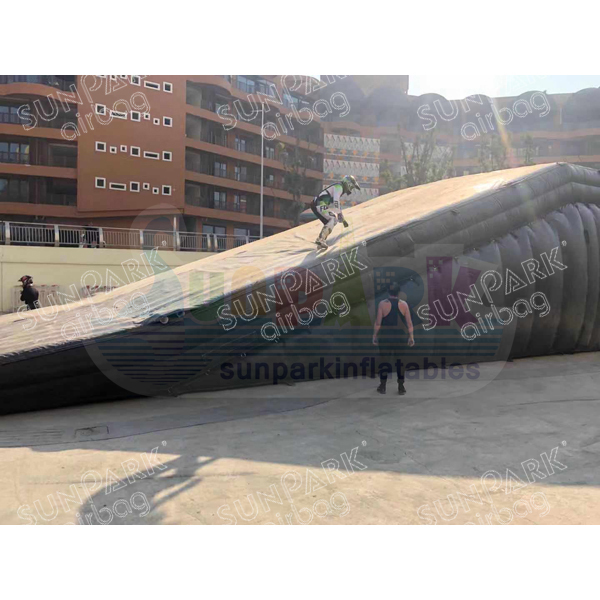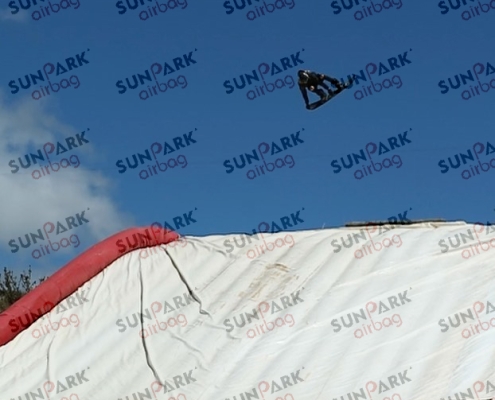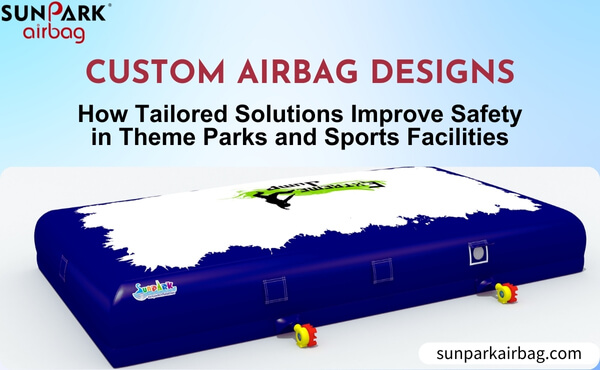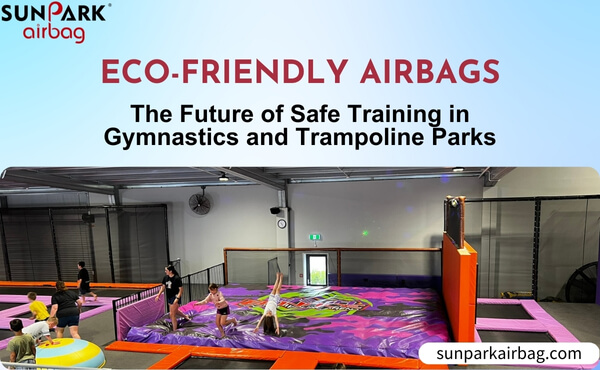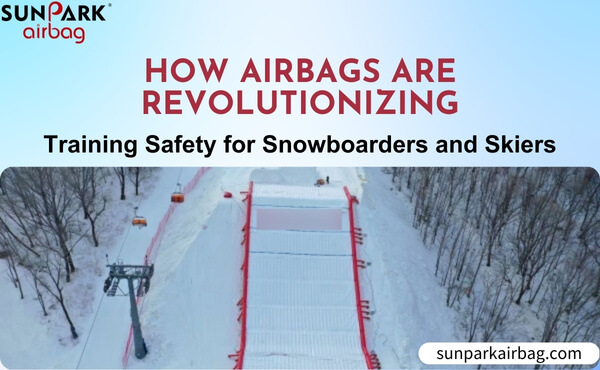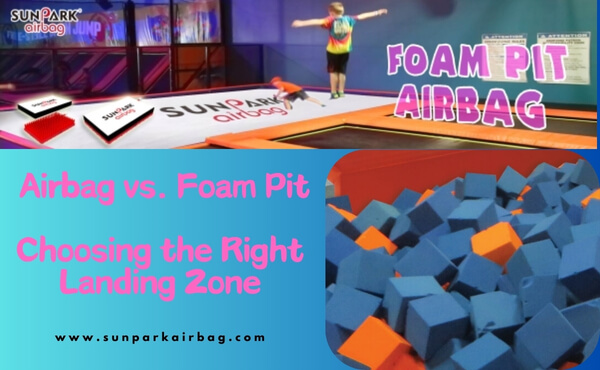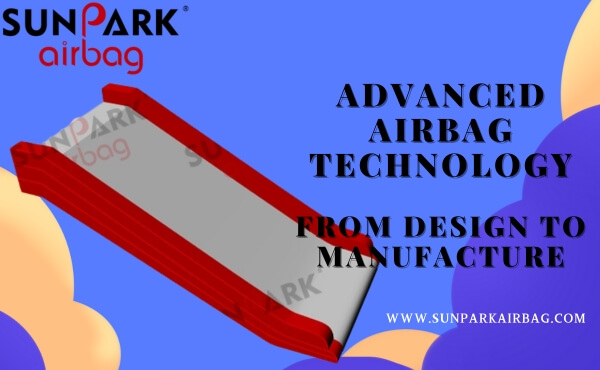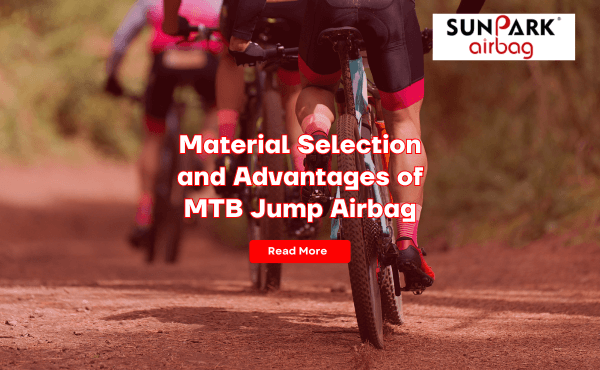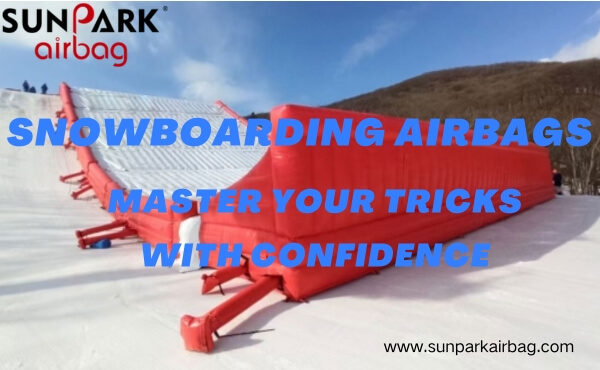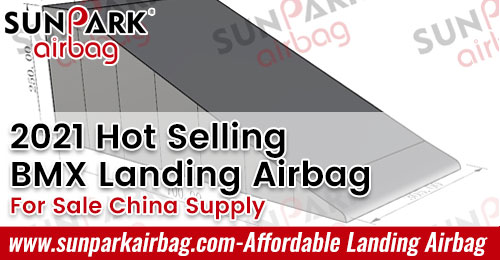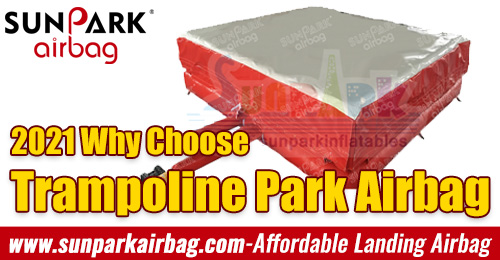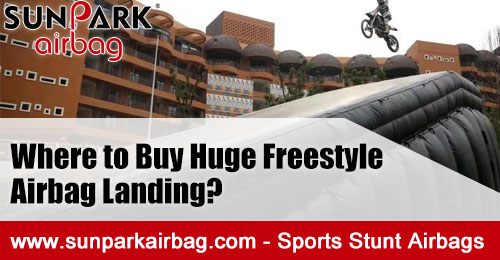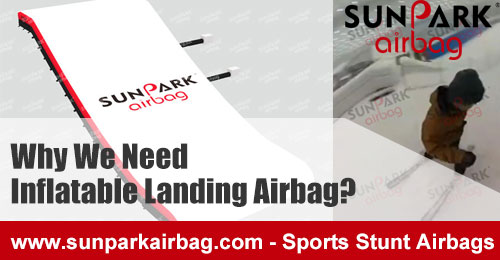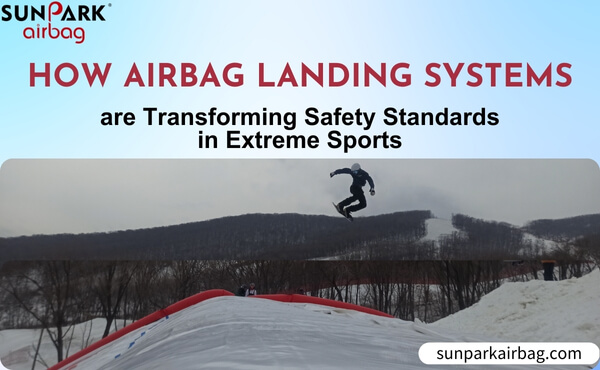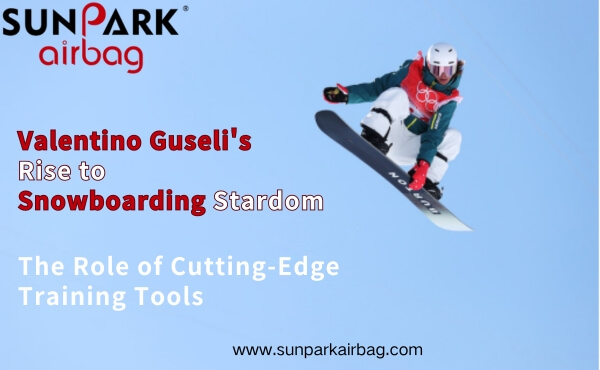When it comes to pushing the limits of extreme sports, safety is non-negotiable. Whether you’re setting up a skiing training center, organizing a stunt show, or planning a high-adrenaline mountain biking event, choosing the right sports airbag is key to ensuring the safety of participants.
Unlike the airbags in vehicles, sports airbags are designed to provide a soft, controlled landing in high-impact scenarios. From landing airbags for BMX and snowboarding to free-fall and stunt airbags, each type is tailored for specific activities and environments. In this guide, we’ll help you navigate the options, so you can select the perfect airbag for your sports project, ensuring both safety and optimal performance.
Why Choose An Airbag For Your Sports Project?
In extreme sports, where high-impact stunts and risky maneuvers are the norm, safety is paramount. Incorporating airbags into your sports project offers several key benefits:
- Enhanced Safety: Airbags provide a cushioned landing, reducing the risk of injury during high-impact falls and jumps. They are essential for ensuring that athletes can push their limits without compromising safety.
- Versatility: Sports airbags are designed for a wide range of activities, from BMX and FMX to parkour and stunt performances. They can be adapted to various sports and environments, making them a versatile safety solution.
- Improved Performance: Knowing there’s a safety net encourages athletes to attempt more complex and daring moves. Airbags allow them to practice and perfect their skills with confidence, leading to improved overall performance.
- Durability: Made from high-quality materials, sports airbags are built to withstand repeated use and heavy impacts. This durability ensures long-lasting protection and peace of mind for your sports project.
Types Of Sports Airbags We Offer
We offer a variety of sports airbags tailored to meet the specific needs of your project:
- Airbag Landing: Used for FMX, BMX, MTB, snowboarding/skiing/tubing, scooter, skating, etc. Place the airbag on an existing ramp or hill.
- Inflatable Landing: Used for FMX, BMX, MTB, snowboarding/skiing/tubing, scooter, skating, etc.
- Foam Pit Jump Airbag: Used for trampoline parks, gymnastics facilities, ninja warrior facilities, high fall.
- Stunt Airbag: Used for high fall, FMX, BMX, MTB, snowboarding/skiing/tubing, scooter, skating, etc.
- Free Fall Airbag: Used for leisure, like national multi-day event, Carnival, picnic or pay-to-play etc.
- Custom Airbag: Used for particular needs.
Factors To Consider Before Choosing the Right Airbag
When selecting the ideal airbag for your sports project, it’s essential to take several factors into account to ensure both safety and performance. Here are the key considerations:
Type of Sport
The type of sport you’re focusing on is the first crucial factor when selecting an airbag. Different sports have unique demands—snowboarding and skiing require airbags that can handle the speed and trajectory of high-flying tricks, while parkour or gymnastics might need a more flexible and responsive surface.
A stunt airbag is designed specifically for professional stunt work, providing maximum safety during complex maneuvers. Understanding the specific needs of your sport will guide you toward choosing an airbag that enhances both safety and performance.
Impact Level
The level of impact your airbag needs to absorb is another vital consideration. For activities that involve higher falls or more forceful landings, like free-fall stunts, you’ll need an airbag that’s engineered to handle significant impact.
These airbags are designed to disperse the energy of a fall over a larger area, minimizing the risk of injury. On the other hand, for lower-impact sports, a standard landing airbag might suffice. Assessing the intensity and frequency of the impacts will help you select an airbag that provides the right level of protection.
Size and Dimensions
Choosing the right size and dimensions for your airbag is key to ensuring safety. The airbag should be large enough to provide ample coverage for all possible landing areas, minimizing the chance of a missed landing. Measure the space available in your setup and match it with the dimensions of the airbag to ensure a good fit.
A larger airbag offers more protection but may require more space and resources to deploy. Balancing size with practicality is essential to maximizing both safety and efficiency in your sports project.
Portability and Setup
If your sports project involves moving between multiple locations or requires quick setup and takedown, portability is a major factor to consider. Inflatable landing airbags are particularly suited for mobile setups because they can be easily transported and inflated on-site.
Look for airbags that offer a straightforward setup process, with features like built-in air pumps or easy-to-handle valves. This will save time and effort, especially if your project is on a tight schedule or involves frequent relocations.
Durability
Durability is critical when choosing an airbag, especially for projects that will see repeated use or exposure to harsh environmental conditions. High-quality materials, like reinforced PVC, ensure that the airbag can withstand the rigors of extreme sports without wearing out prematurely.
Consider the stitching, seams, and overall construction of the airbag, as these factors contribute to its longevity. Investing in a durable airbag not only ensures safety over time but also offers better value by reducing the need for frequent replacements.
Customization Needs
Every sports project is unique, and sometimes a standard airbag may not meet all your specific requirements. In such cases, opting for a custom airbag is the best choice. Customization allows you to tailor the size, shape, and features of the airbag to fit your particular setup, ensuring optimal performance and safety.
Whether you need specific branding, additional padding, or unique dimensions, a custom airbag can be designed to meet your exact needs, providing a solution that’s perfectly aligned with your project’s goals.
Budget
While safety should always be the top priority, it’s also important to work within your budget. Airbags vary widely in cost depending on their size, durability, and features. Determine what’s most important for your project—whether it’s advanced impact absorption, portability, or custom features—and allocate your budget accordingly.
It’s essential to balance cost with quality to ensure that you’re not sacrificing safety for savings. A well-chosen airbag is a long-term investment that provides value by keeping athletes safe and enhancing their performance.
Maintenance and Care
The ease of maintaining and caring for your airbag is an often-overlooked but important factor. Some airbags, like foam pit jump airbags, are designed to be easier to clean and maintain than traditional foam pits, which can collect dirt and moisture over time. Regular maintenance is key to extending the life of your airbag and ensuring it remains safe for use. Look for airbags with features that facilitate easy cleaning, storage, and repair, so you can keep them in top condition with minimal effort.
Wrap-Up!
Choosing the right airbag for your sports project is a critical decision that directly impacts the safety and performance of your athletes. By considering factors like the type of sport, impact level, size, portability, durability, customization options, budget, and maintenance requirements, you can select an airbag that perfectly suits your needs.
At SunparkAirbag, we offer a wide range of high-quality sports airbags designed to meet the unique demands of your project, ensuring that safety and performance go hand in hand.

